Top categories

Pumps & Parts

Tool Storage

Fasteners

Welding & Soldering Supplies

Pneumatic Tools

Hardware

Valves

Abrasives

Garden Tools

Hydraulic Tools

Machining

Tool Parts

Power Tools

Power Tool Accessories

Drill Bits

Hand Tools
About products and suppliers
Understanding the Oil Seal 80 100 10
The oil seal 80 100 10 is a critical component designed for maintaining the efficacy of machinery by sealing lubricants, preventing the ingress of contaminants, and ensuring that various components remain secure. This seal is a pivotal part of many systems, serving a range of industries and applications.
Types and Applications
There are primarily two types of seals within this category: static and dynamic. Static seals are used in applications where they do not move, whereas dynamic seals are designed to accommodate movement. The oil seal 80 100 10 finds its place in automotive, manufacturing, and industrial settings, among others, where precision and durability are paramount.
Features and Materials
The construction of the oil seal 80 100 10 involves various materials, each selected for its resistance to pressure, temperature, and environmental conditions. These materials are chosen to ensure that the seal can withstand the rigors of its operational environment without deformation or failure.
Advantages of Oil Seals
The advantages of using the oil seal 80 100 10 include its resilience under high pressure and its ability to maintain a seal in the presence of dynamic loads and vibrations. These seals are integral in preventing fluid and contaminant leakage, contributing to the longevity and reliability of the systems they are part of.
Compatibility and Durability
Compatibility with various fastening components such as bolts, nuts, and washers is a hallmark of the oil seal 80 100 10. This versatility ensures that the seal can be integrated into a wide array of systems with ease. Durability is also a key feature, with the seal's ability to withstand high temperatures and pressures without compromising its integrity.
Selection Considerations
When selecting an oil seal 80 100 10, it is important to consider the specific requirements of the application, including alignment, environmental conditions, and the nature of the fluids being sealed. This ensures that the chosen seal will perform as expected within the system, contributing to efficient and uninterrupted operation.
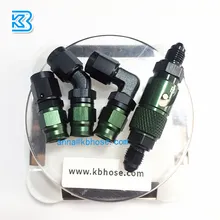
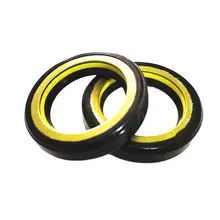
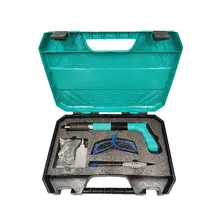



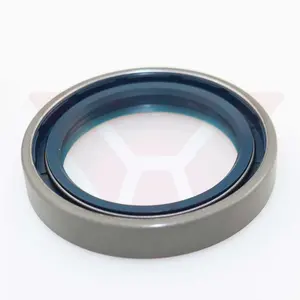







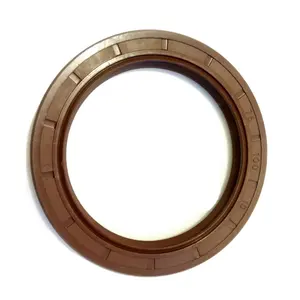









 浙公网安备 33010002000092号
浙公网安备 33010002000092号 浙B2-20120091-4
浙B2-20120091-4